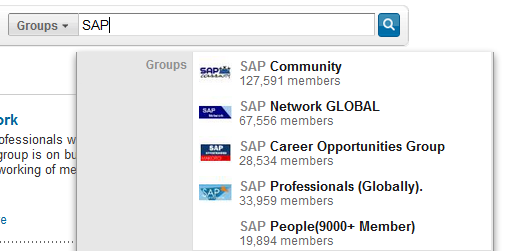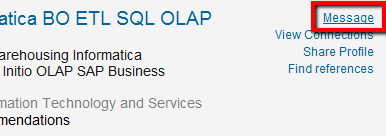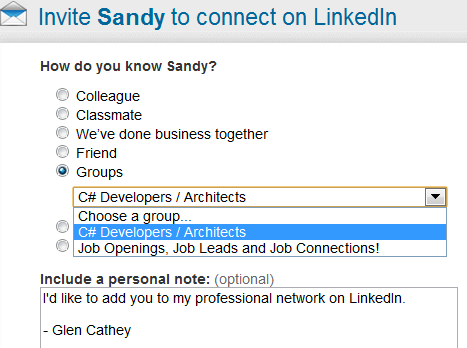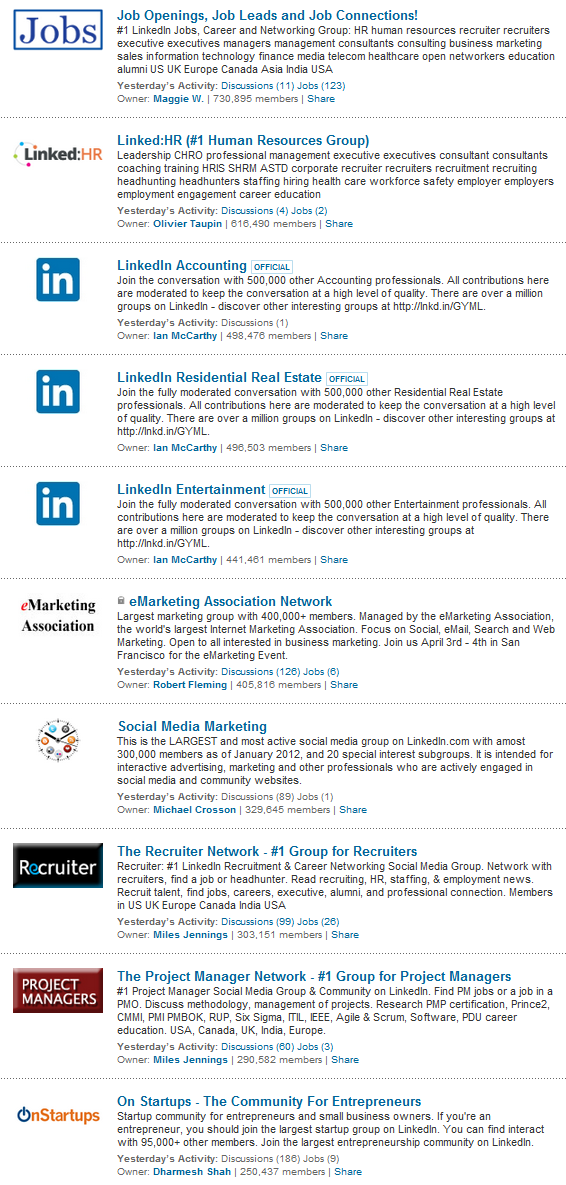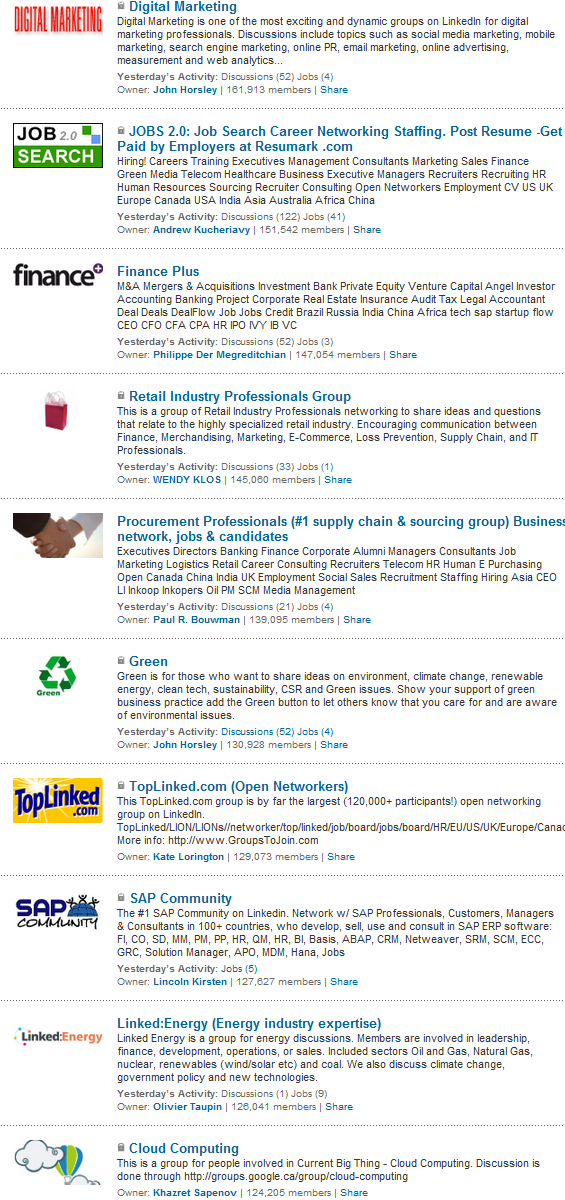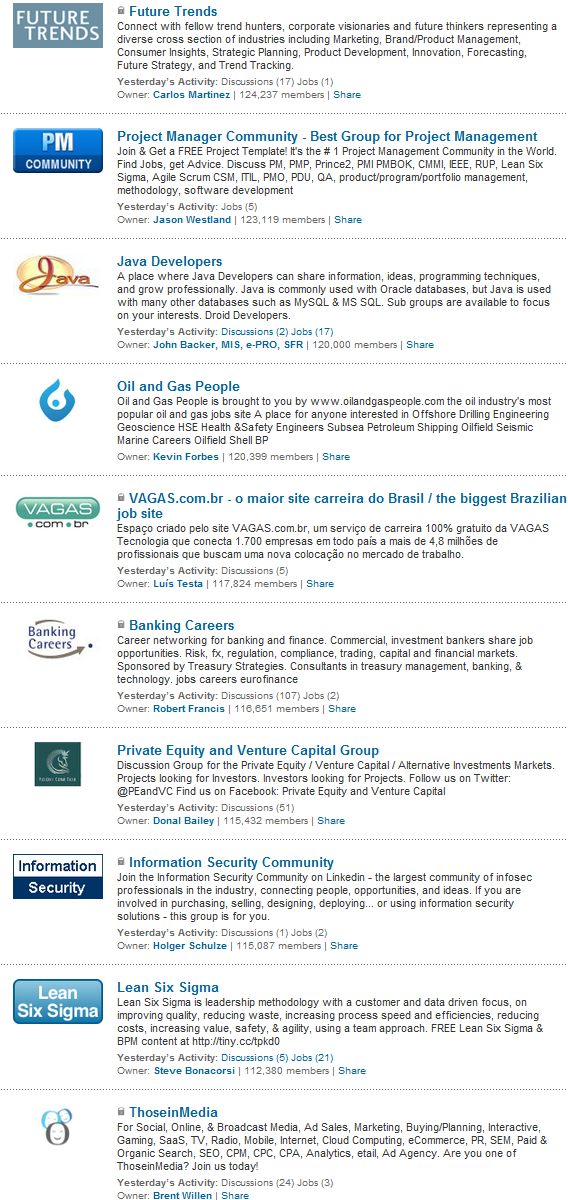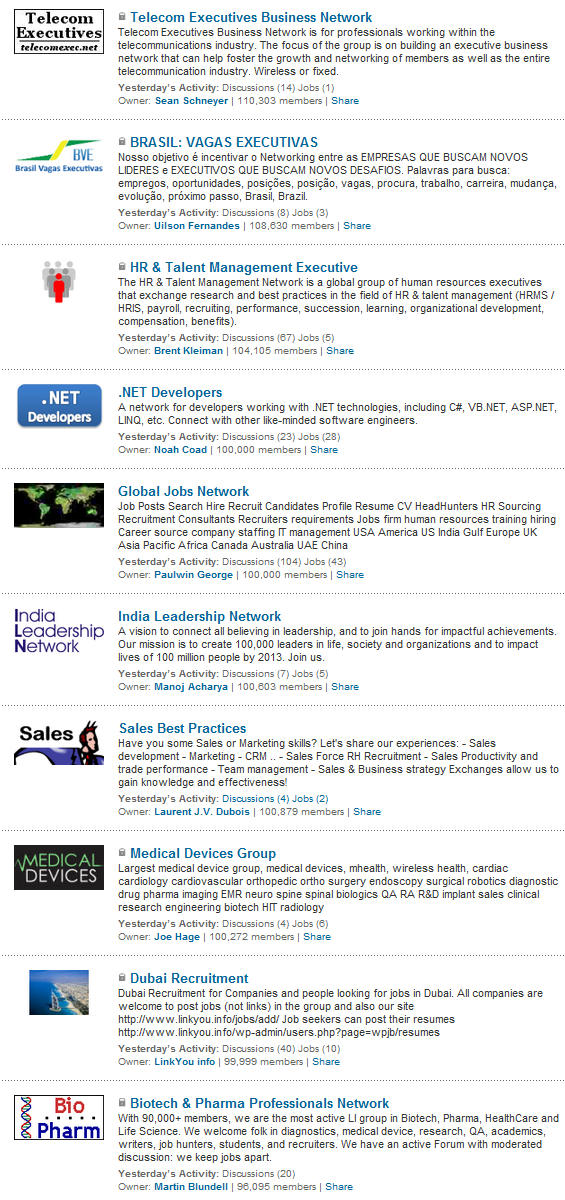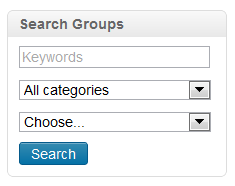 At the time of this article, there were 1,236,675 LinkedIn groups. With so many groups, how do you find and choose which groups to join?
At the time of this article, there were 1,236,675 LinkedIn groups. With so many groups, how do you find and choose which groups to join?
Depending on your LinkedIn group strategy, you may be interested in finding the largest groups of a specific type.
LinkedIn groups are very searchable, and when you start typing letters into the search box, you will get a dynamically updated list of groups matching the letters/words you input, typically (but not always exactly) sorted by the number of members.
Being the search geek that I am, I wondered what would happen if I executed a null search – a query for nothing.
Many search engines/interfaces don’t allow null searches, and others that do tend to return only partial results. For example, with LinkedIn’s people search, you can’t search all of LinkedIn without entering a keyword – you will only get results from 1st degree, 2nd degree, and group connections. You have to enter a keyword in order to dip into the people categorized as “3rd + Everyone Else,” representing the deep end of the people pool on LinkedIn.
However, lucky for us, a null search of LinkedIn groups not only works, it returns all groups sorted primarily by the number of members. That makes it remarkably simple to find the largest groups on LinkedIn.
Why Should Anyone Care About Large LinkedIn Groups?
I’m glad you asked! Not everyone will care about finding and joining massively large LinkedIn groups, but some will, for very specific and strategic purposes. Most notably, being a member of very large groups allows you to:
#1 Send messages to a large number of people for free, without using an InMail.
I still find that the vast majority of people in groups allow messages from other group members, so this comes in quite handy.
#2 Easily send legitimate invitations to connect to a large audience with a high acceptance rate.
I know of some people who send invitations to people they don’t know claiming to be their colleague when they’re not or that they’ve done business together when they haven’t, and I do not condone, nor am I a fan of prevarication.
If you share a group with someone, it’s one of the easiest, most straight forward and honest ways of inviting someone to connect with you – especially if they are a weak or nearly absent tie.
The 50 Largest LinkedIn Groups
Here is the official list of the 50 largest LinkedIn groups at the time of this article’s writing. The largest group has over 730,000 members, and 48 of the 50 have 100,000 or more members.
Click on each group of 10 to be taken directly to the LinkedIn group search results so you can explore the groups and join them if it makes sense for you.
Were you surprised by any of the groups in the top 50?
You might notice that the order of the groups isn’t exactly sorted by the number of members – some are slightly out of order.
For example, one group with 100,603 members is listed below a group with 100,000 members.
This could be a result of LinkedIn estimating the number of members due to the dynamic nature of LinkedIn’s data (people can join and leave at any moment). Does anyone have any other ideas?
Are Larger LinkedIn Groups Better than Smaller Groups?
No, not necessarily.
The groups you join should not be based on size, but in accordance with your LinkedIn strategy, and your group strategy on LinkedIn can and should be vastly different than another person’s because you (hopefully) have your own specific reasons for being in the groups you’ve selected.
However, there is no denying the power and benefit of being able to send messages for free and invitations to connect to very large numbers of people that you don’t have to be connected to at any other level (e.g., 1st, 2nd, or 3rd). There are those who claim that smaller LinkedIn groups are more “valuable” than large groups because they are more likely to be “off the radar” of spammers, irrelevant content posters, and recruiters (sorry!), and as such, are more likely to have better dialogue and interactions between the members.
This is true in some cases, but certainly not all.
I’ve performed quite a bit of LinkedIn group research, and some of the smaller, very niche groups still have have far fewer “real” members than recruiters and other “lurkers” who are clearly not in the group for the group’s main purpose.
For a quick and simple example using a large and (in theory) very specific group, if you search the Java Developers group with this query in the keyword field: java -(recruiter OR recruitment OR recruiting OR talent OR HR OR “human resources” OR “executive search” OR sourcer OR sourcing), you get around 14,000 results. The group has about 120,000 members.
Ultimately, for a group to be engaging and high value for its members, the group needs to have active and vigilant moderators and members who care about who gets in and what kinds of content that can get posted.
It doesn’t take long at all for a group to become overrun with noise or irrelevant and often annoying content that causes people to tune out, stop engaging in the group, and even leave.
